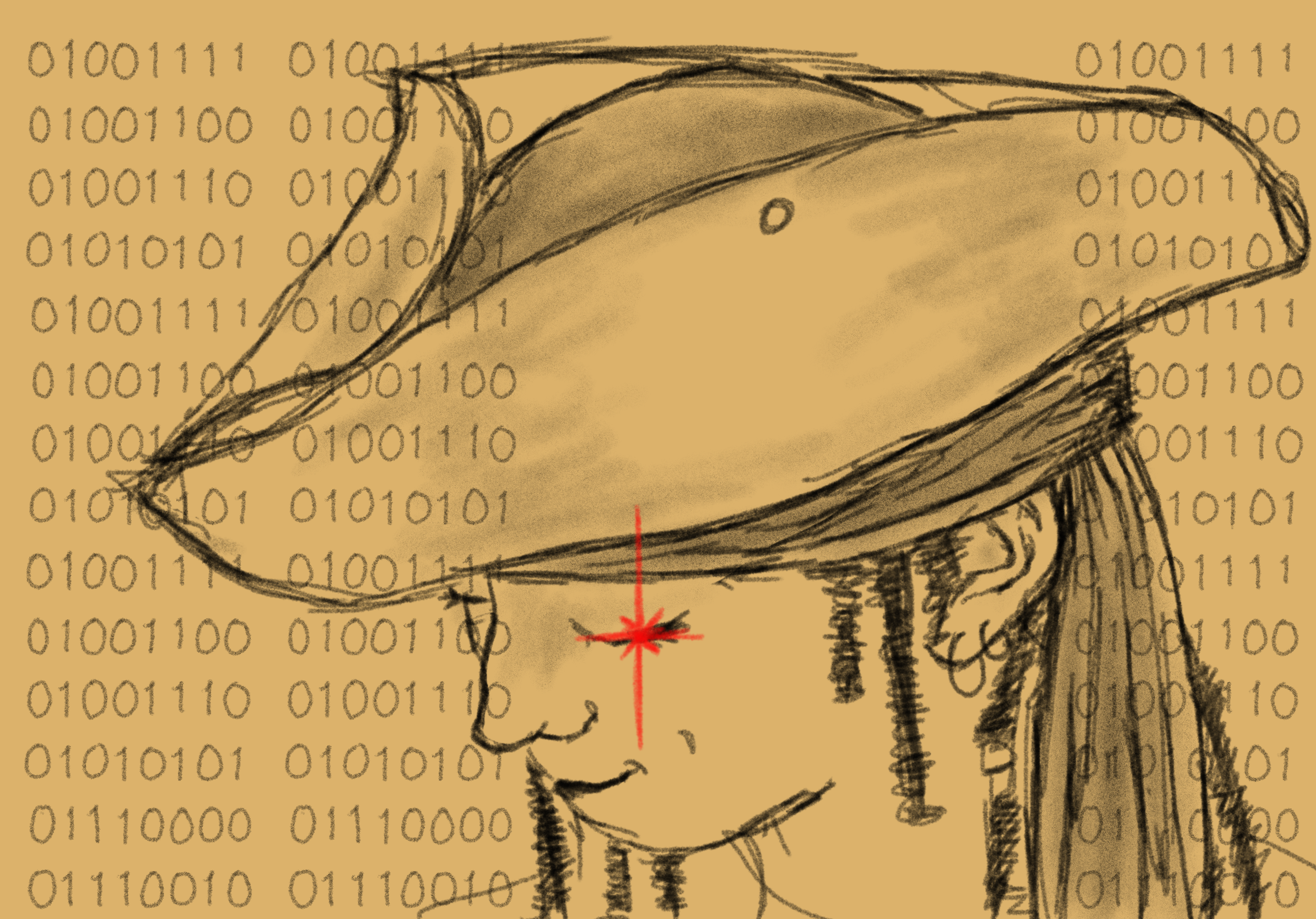The introduction of ChatGPT, a generative AI tool, marked a before and after in the way that we approach knowledge acquisition and critical thinking. With a mindblowing technological breakthrough came excitement and admiration for the human ingenuity that allowed it. However, it also led to controversy and questions about its real-world applications, particularly in education.
As the months went by, it became clearer and clearer that it could function as a tool to understand challenging concepts taught in class or to provide structural aid in things such as essay writing. But what of the creative processes and analysis?
Despite the support generative AI tools could provide students, it became a concern when cases of plagiarism started to surface. This brought about a whole new understanding of academic integrity, for we were no longer dealing with the idea of theft from other people, but from a non-human intelligence.
To investigate the implications of using artificial intelligence in an educational context, Dr. Anita Chaudhuri, a professor in the Faculty of Creative and Critical Studies here at UBCO, received a grant from the Strategic Equity and Anti-Racism Framework (StEAR) fund to understand the implications of artificial intelligence in upholding equity, diversity and inclusion.
When I asked Dr. Chaudhuri why she became interested in this topic, she mentioned that ChatGPT had shown up at a pivotal point. Learning patterns faced swift transitions as we shaped learning during the pandemic. We transitioned from in-person to online during the pandemic and then back to in-person and hybrid learning design. Like other disciplines, the field of communications and rhetoric was already discussing the role of artificial intelligence in facilitating teaching and learning.
“Before ChatGPT figured in the picture, there was some talk about the role of tools like Grammarly and SpinBot,” she recalled, “but they never came up in conversation like ChatGPT did.”
Before she began her role as a faculty advisor for academic integrity, there was a big interest in reshaping the policy of academic misconduct towards an educative role rather than the usual punitive approach. The introduction of the diversionary process in academic misconduct was a new approach to academic integrity that will underline the importance of restorative and social justice in misconduct-related decisions and, overall, promote the educative approach. The rapid advancement of generative AI tools has meant that we are once again poised to reflect on current academic misconduct policies so that they allow for better learning opportunities.
“There is no authentic learning without using technological advancement,” she said. “Students and professors are used to utilizing tools like projectors and computers and there is no turning back the dial on these.”
Ultimately learning how to make use of these tools responsibly has allowed generations of students to learn better, which highlights the importance of not teasing out technological advancements altogether, but to embrace them in a way that upholds the spirit of academic integrity.
But how do we understand how to use these tools?
The StEARing AI photovoice project is a major step in shaping the way that we can integrate AI by truly seeing the institution's most important stakeholder perspective: the students. Using a qualitative method known as a “photovoice,” they are looking to gather points of view through images taken by students. These pictures are taken with several prompts that are meant to inspire the individual’s understanding of AI in the context of education.
“It is difficult to engage students in research because they are very busy,” said Dr. Chaudhuri. This is why the StEARing AI photovoice project looked to broaden the ways to reach the student population.
“It allows for creativity and discussion, to be able to sit at the table and have a point of view already,” she explained. Students are asked to submit one to five images and to include a short caption explaining what the pictures show and how they relate to their perspective on AI and education.
A project like this can offer a broader understanding of where the students really stand in a transitional stage of learning. “Although there are existing committees that allow students to share their perspectives, this is an opportunity for anyone to drop by,” argued Dr. Chaudhuri.
Students are a fundamental part of the fluid and ever-changing nature of educational institutions. It is through these stakeholder points of view that administrators, educators, and experts can create outlines that resonate with every link in the educational chain.
The data from the study will shed light on how assignments and assessment processes should change to accommodate the increasing technological advancements, and how academic integrity policies need to be looked at differently to allow for the use of generative AI.
If you are interested in shaping the course AI integration in education, don’t hesitate to participate in this study, which will be open to submissions until the end of April. You can find more information through this link.



